Blues Piano Reharms – Part 1
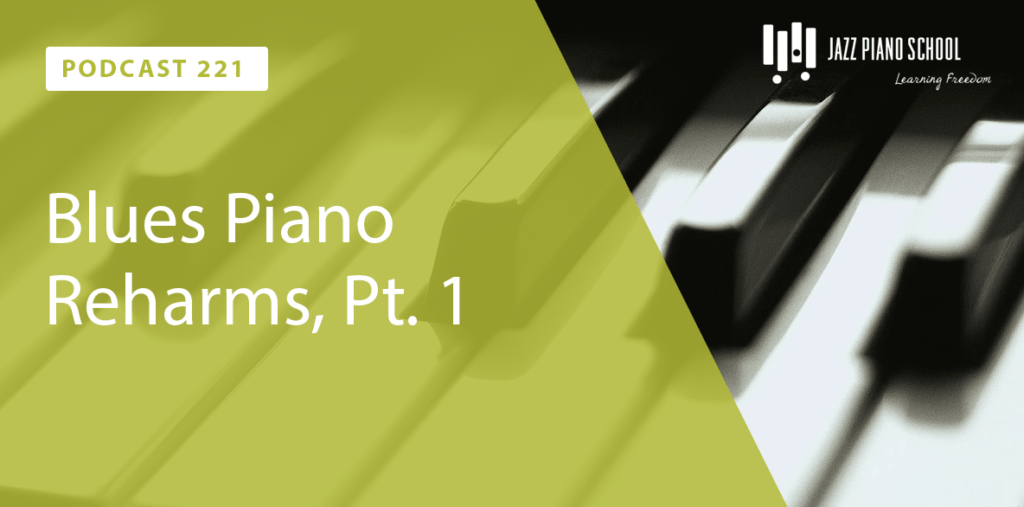
Playing the blues is always fun. Playing the blues with reharms is even MORE fun! In this live stream podcast, I’ll teach you 4 reharms you can use in the blues and HOW to use them. These 4 reharms are extremely powerful and will completely transform your playing.
Jazz Piano School Ep 41 : Improvising Rhythmic Motifs
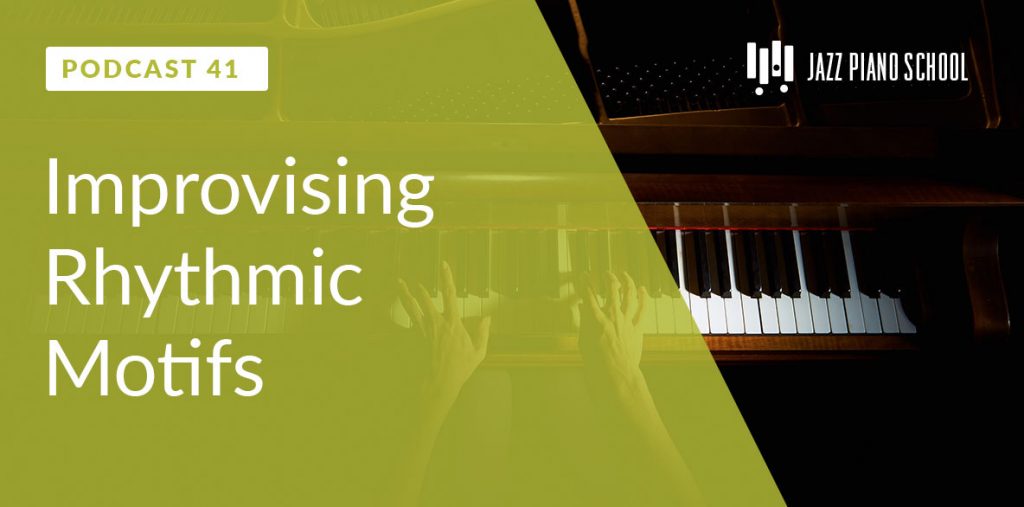
By do some solo’s sound boring and some sound awesome? Rhythms. Rhythms in jazz are the feel good mojo that spices up your solo. They are at the heart of our soul. In order to make our solos pop and have the feel good feeling to them we need to add rhythms to our solo that have contrast. If we are playing all eighth notes and quarter notes on downbeats, our solo’s will sound bland and dry. In this episode I give you many different ways to practice your rhythms in order to spice up your solo.
Jazz Piano School Ep 40 : The Altered Scale
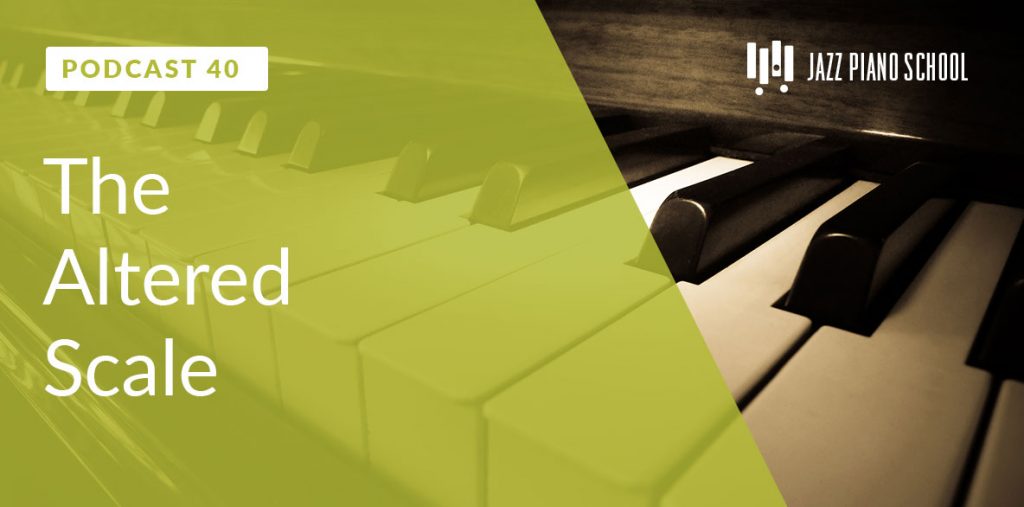
When you’re first learning jazz it’s hard to get that jazz sound that gives tensions and sounds like we’re not playing like a baby. It might sound to you like you’re playing is sooo beginnerish still. Well here’s how to change it. By learning the altered scale we will immediately give our playing lots of tension and color by using the extensions in this scale. Enjoy!
Jazz Piano School Ep 38 : How To Develop Your Solos

As I’ve said before jazz is like speaking a language. We know that person in our life that won’t stop talking. They just talk and talk and talk. It’s never fun to listen to them. The people who take their time and say something meaningful are the ones to listen to. We want to be those people on the piano. It’s extremely easy for us as pianists to play and play and play because we have a percussive instrument. We can just bang away on the piano and not reazlie we’re not leaving space. In this podcast I’ll teach you how to focus your mind so you can develop your solos and say something meaningful.
Jazz Piano School Ep 37 : LH Solo Piano Components
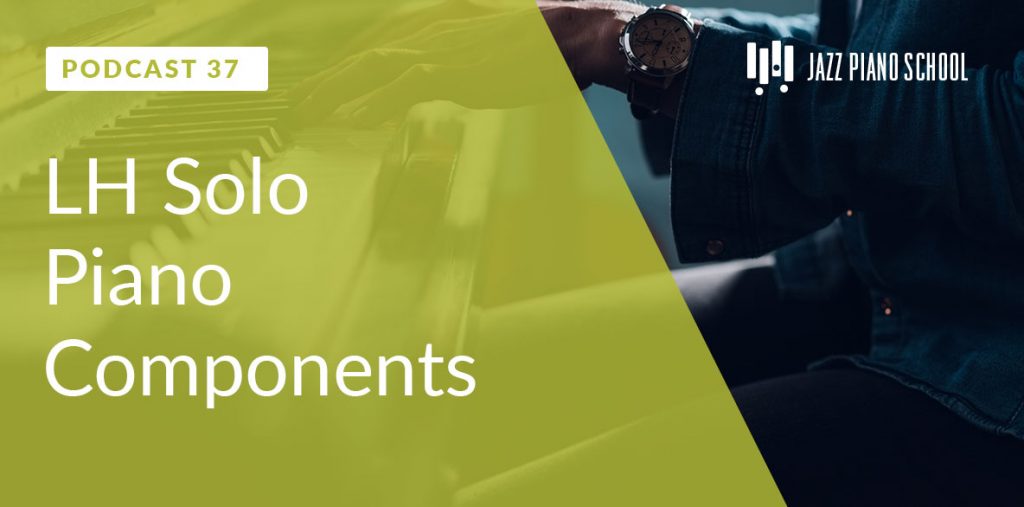
Solo piano can be very frustrating. You have 88 keys and ten fingers. What the heck do you play? It’s easier than you might think. Your LH and RH have different roles that should work together to produce a great sounding tune. When you understand the roles each hand plays you’ll be better equipped to play solo piano and make progress. I will dissect the specific LH components in this episode. Enjoy!
Jazz Piano School Ep 36 : What Are Extensions?

Most people gravitate towards jazz because of the rich colors and sounds that come from the music. We all want to be able to play those amazing sounding chords on the piano. How do we do it though? I’ll tell you right now. Extensions. Extensions are the colors that allow you to spice up your playing and start to paint the music however you’d like. Extensions are the beginning of the road to freedom in music. Just as a painter paints with his colors, a jazz musician paints with extensions. Let’s get into it!
Jazz Piano School Ep 35: Walk Bass Lines Part 1
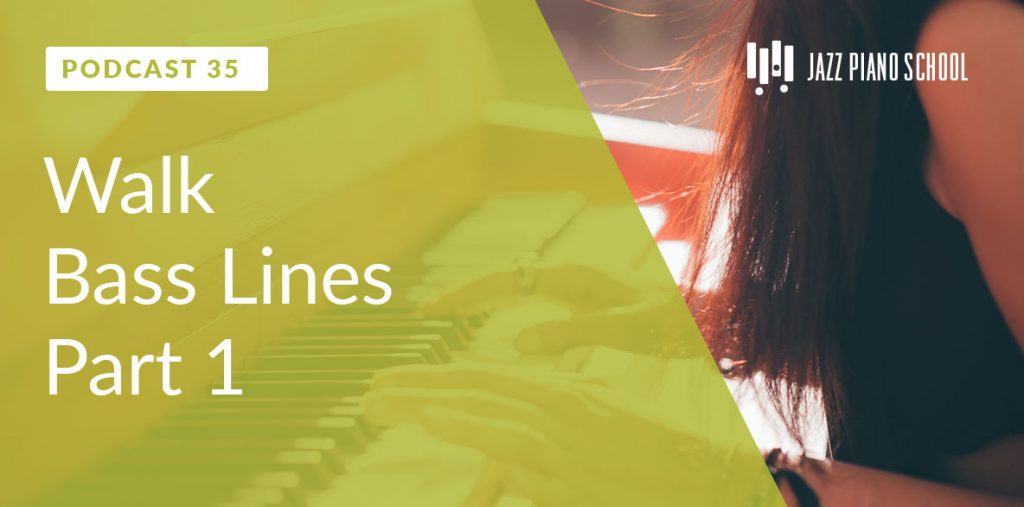
Learning how to walk bass lines is a skill all jazz pianists want to accomplish. And who wouldn’t? We have a nice bass register on the piano but we never learn how to do anything with it. Anytime we see an bass player walking all over a tune like he owns we just stare in awe. In this episode I’m going to get you started on the right path to walking bass lines that will impress a bass player! Let’s do it!
Jazz Piano School Ep 34 : Rootless Voicing Textures
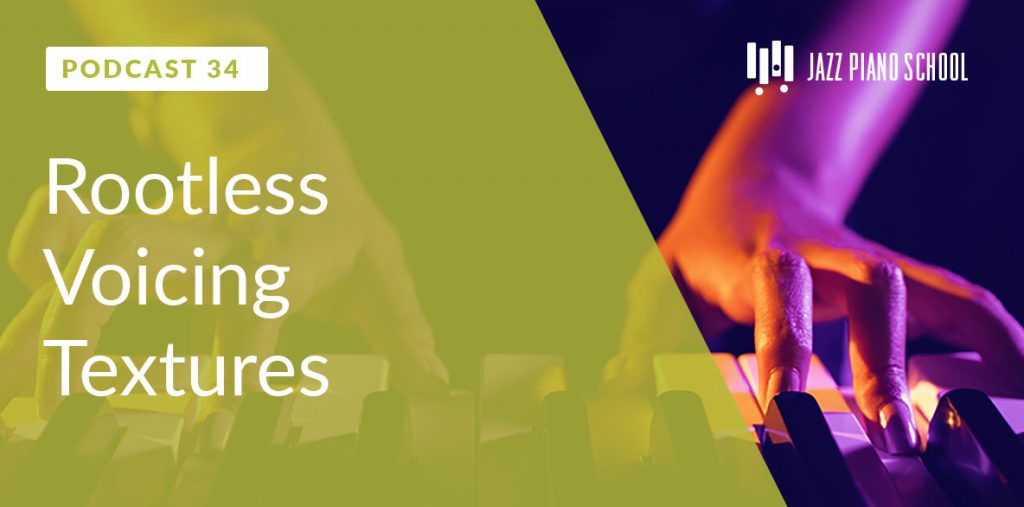
We recently learned our rootless voicings. In this episode I’m going to show you how to turn these rootless voicings into two hand comping textures to use with groups or while playing solo piano. These sounds are the heart of jazz comping. Anyone who uses these will be creating jazz sounds used through out the years. We’re finally getting to the good stuff of jazz piano voicings and comping.
Jazz Piano School Ep 33 : Beginning Ear Training
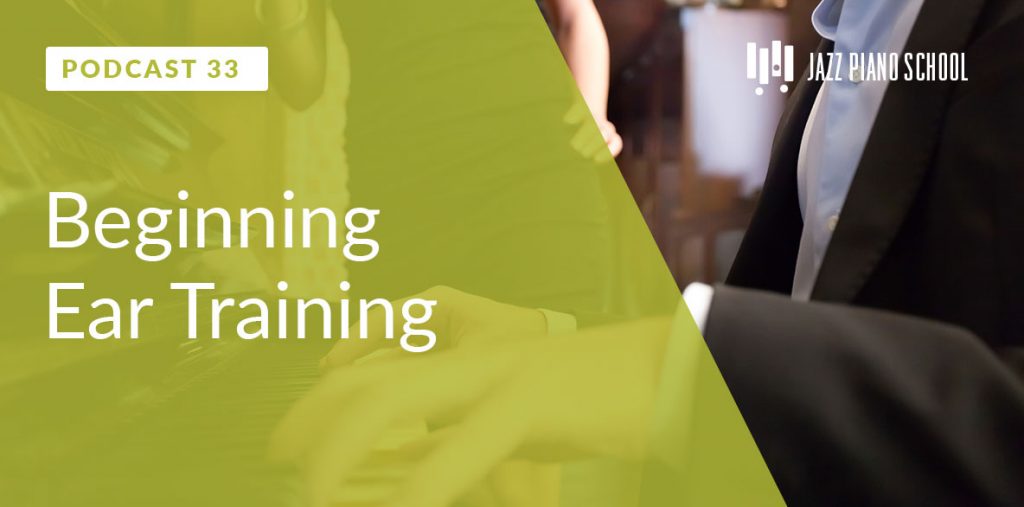
Ear training is highly sought after in jazz because much of the music involves using our ear to hear progressions, licks, movements and much more. The better ear you have, the better player you will be. So how exactly do we go about improving our ear and helping it to hear movements and notes better. In this podcast that’s exactly what I will tell you.
Jazz Piano School Ep 32 : Rootless Voicings Part 2
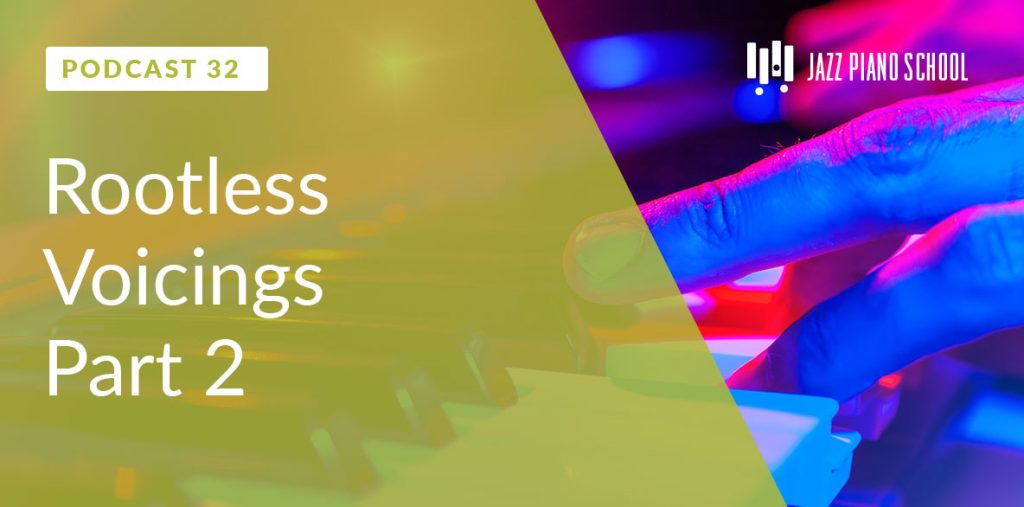
So structure 2 is simply an inversion of rootless voicings structure 1. We now start on the 7th degree of our minor chord instead of the 3rd. Once you studied structure 1, structure #2 should come just as easily.



